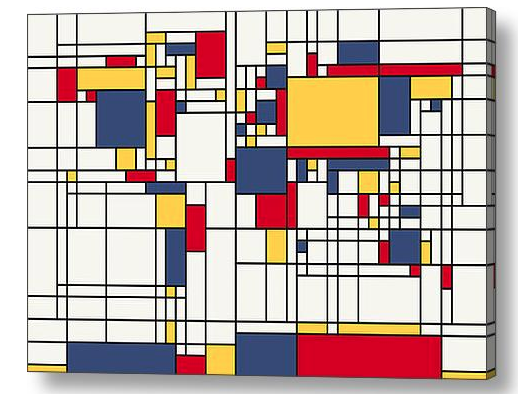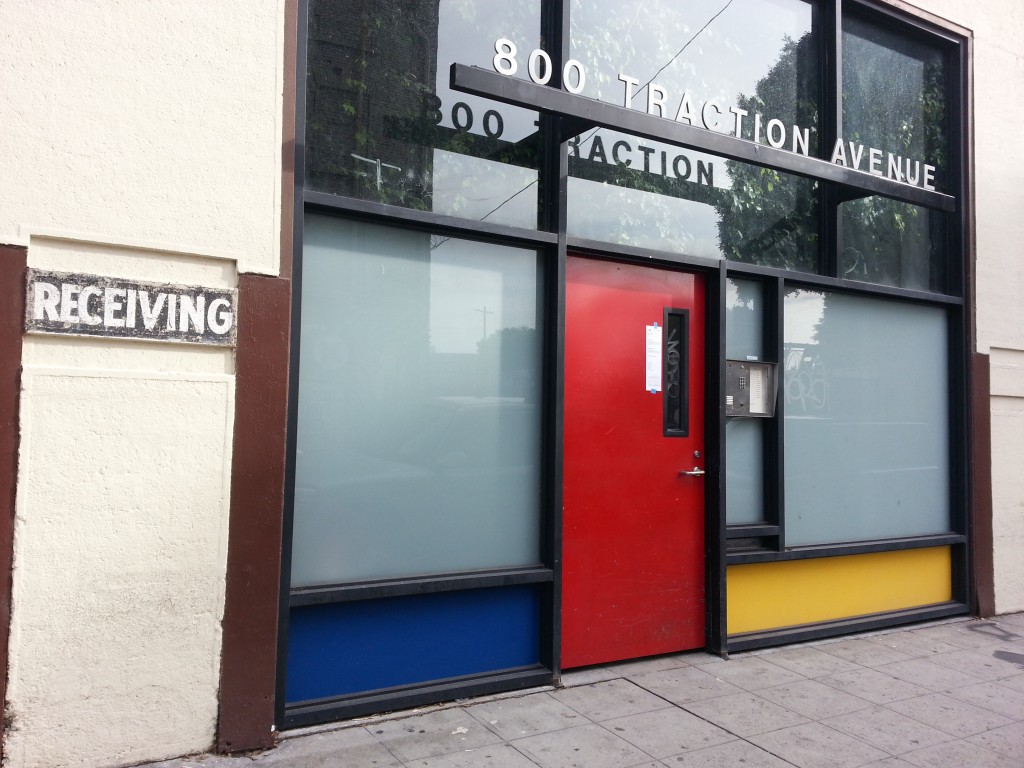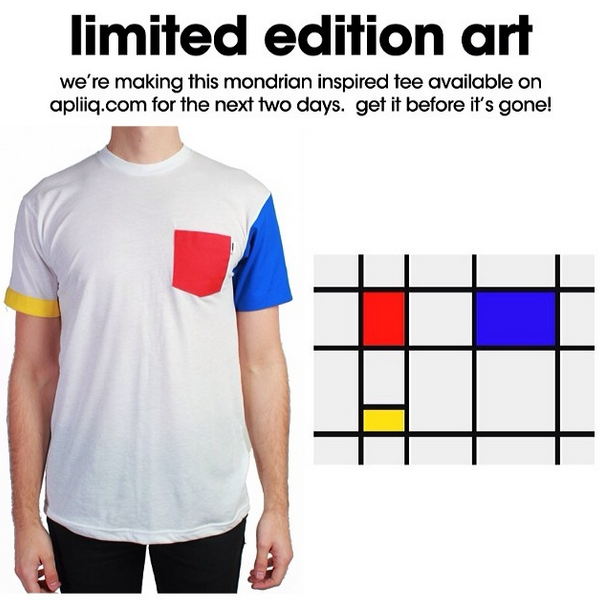 quick facts about our man mondrian –
quick facts about our man mondrian –
Born: The Netherlands
Lived: 1872 – 1944
Died: Brooklyn, NY (Now that’s OG)
Famous for: Founding De Stijl Movement
Why do you care?: His life’s work has vastly impacted the history of art and possibly your own creativity!
Piet learned to paint and draw from a young age. He took after his father and uncle who were well versed in the practice of art.

Field with trees 1906, Gemeentemuseum Den Haag by Piet Mondrian
Although he was a master draftsman, Mondrian began exploring abstraction by painting and drawing landscapes in the impressionist style.

View from the Dunes with Beach and Piers, Domburg’, oil and pencil on cardboard painting by Mondrian, 1909, Museum of Modern Art, (New York City)
Mondrian made the art-altering move from The Netherlands to Paris, France in 1911. There was an immediate appearance of Cubism in his work – probably due to the inspiration of Pablo Picasso, who was also in Paris studying the decomposition of form into referential planes. Here’s an example of Picasso’s abstraction:

Pablo Picasso’s Cubism Influenced Mondrian
Mondrian’s early study of cubism reduced his once realistic sketches to mere abstract lines and forms. Check out this tree – where’d all the leaves go?

Piet Mondrian’s Gray Tree, 1911, an early experimentation with Cubism
With the outbreak of World War 1, Mondrian was forced back to the Netherlands where he remained at an artist colony. There he met and became close with artist Theo van Doesburg, who’s work reveled primary colors, like this:

Theo van Doesburg, Composition VII (the three graces), 1917
Together, van Doesburg and Mondrian founded De Stijl (The Style aka Neoplasticism) movement which advocated for pure abstraction through a reduction of form and color.
Mondrian’s draftsman-like tree drawings were doomed! 🙂 Out with capturing reality and in with black lines and blocks of colors on white backgrounds.

Piet Mondrian’s Composition in Red and Blue, 1921
Mondrian released several memorandums on the subject of his new art style. Perhaps it’s best summarized in a letter he wrote to a friend and artist Heck Bremmer:
I construct lines and color combinations on a flat surface, in order to express general beauty with the utmost awareness. Nature (or, that which I see) inspires me, puts me, as with any painter, in an emotional state so that an urge comes about to make something, but I want to come as close as possible to the truth and abstract everything from that, until I reach the foundation (still just an external foundation!) of things…

Piet Mondrian and Nelly van Doesburg in Mondrian’s studio, 1923
“I believe it is possible that, through horizontal and vertical lines constructed with awareness, but not with calculation, led by high intuition, and brought to harmony and rhythm, these basic forms of beauty, supplemented if necessary by other direct lines or curves, can become a work of art, as strong as it is true.”

Piet Mondrian, Composition with Yellow, Blue, and Red, 1937–42, oil on canvas, 72.5 × 69 cm, Tate Gallery. London
Fleeing from facism and the turmoil of World War 2, Mondrian moved to NY, where he continued to paint and create.
Not only was Mondrian’s work novel in his own time, but his classic geometric structure has since proven to be a source of inspiration for many artists and designs.
Fellow artist and principal in De Stijl movement, Gerrit Reitveld, constructed his iconic “The Red and Blue Chair” in 1917 and Reitveld later painted it in 1923… anything look familiar here?
The Schroder house, also designed by Rietveld, is another example of how the De Stijl style translated throughout all aspects of art, design, and even architecture.

Today, Mondrian’s spirit and style is captured in everything from maps of the world like this one:

Michael Tompsett’s Mondrian Inspired Map
… to this amazing bicycle frame…

… to downtown LA’s very own artist colony facade:
And on that note, Apliiq celebrates the life work of the infamous founder of De Stijl, with a tee of homage to the late great Piet Mondrian!
Rock Apliiq’s Mondrian Inspired tee with pride and when your friends ask you about it, feel free to school them with an art history lesson!
Here’s to Mondrian’s revolution of form and color through Neoplasticism, and with your help, Apliiq’s revolution of cut & sew creativity!


